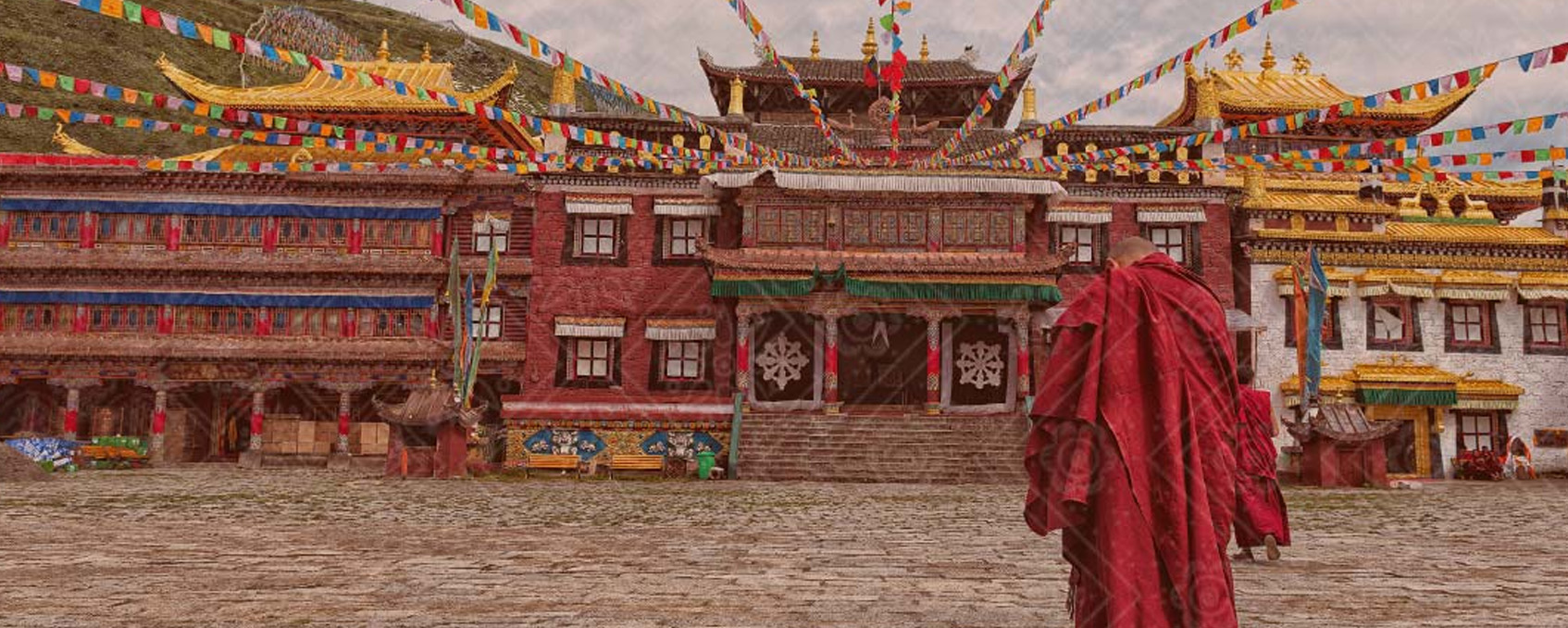China's Strategy for Tibet's Future


The Dalai Lama holds a unique position as both a spiritual leader and a political symbol for Tibetans worldwide. For centuries, the Dalai Lama has not only guided the Tibetan Buddhist community but also served as a symbol of national unity for Tibet. The 14th Dalai Lama, Tenzin Gyatso, has used his international platform to advocate for Tibetan autonomy and to preserve the unique culture and identity of Tibet, often opposing China's efforts to integrate Tibet fully into the Chinese state. His global stature has made him a significant figure, not only within Tibetan society but also on the international stage, often placing him in conflict with Beijing’s vision of Tibet as an integral part of China.
China perceives the Dalai Lama’s influence, especially among the Tibetan diaspora and within Tibet itself, as a threat to its control. The Chinese government, therefore, has taken steps to assert its control over the selection process of the next Dalai Lama. This is not just about managing religious matters but a deliberate move to ensure Tibet’s political and cultural integration into China. By overseeing the reincarnation process, Beijing aims to curb any future Dalai Lama’s potential to challenge the Chinese state’s authority.
Beijing has justified its involvement in the reincarnation process by referring to historical precedents, particularly the Qing Dynasty’s influence over Tibetan affairs. While the historical legitimacy of these claims is subject to debate, China’s intention is clear: controlling the reincarnation process enables it to dictate the spiritual leadership of Tibetan Buddhism. Should Beijing succeed in installing a state-approved Dalai Lama, the Chinese government could effectively neutralize any opposition that a new Dalai Lama might pose, transforming the religious figure into a pro-China voice.
This move also plays into the broader strategy of shaping perceptions both domestically and internationally. A Dalai Lama backed by the Chinese state would likely promote Beijing’s narratives, aligning Tibetan Buddhism with the policies and goals of the Chinese Communist Party (CCP). Such a scenario could diminish the influence of Tibetan exile communities and weaken support for movements advocating for Tibetan autonomy or independence. Additionally, this state-appointed figure could undermine the legitimacy of dissident voices within the Tibetan community.
China’s strategy to control the Dalai Lama’s reincarnation also has international ramifications. The Dalai Lama has long been regarded by many nations, particularly Western democracies, as a symbol of peaceful resistance and human rights. His global presence keeps the Tibetan issue in the spotlight, challenging China’s claims over the region. By controlling the reincarnation, Beijing aims to send a message that the Tibetan issue is resolved, potentially diminishing the Dalai Lama’s role in international diplomacy and human rights advocacy.
This approach fits into China’s broader policy towards managing religion. The CCP has historically sought to ensure that religious leadership aligns with state ideology, whether by appointing CCP-aligned bishops in Catholic communities or influencing other religious institutions. By controlling the reincarnation process of the Dalai Lama, China is extending this policy to Tibetan Buddhism, aligning it with what the state calls “socialist values.”
However, this strategy is not without its risks. Tibetan communities, both inside Tibet and abroad, may reject a Dalai Lama appointed by the Chinese state, leading to deeper divisions within Tibetan society. The possibility of having two Dalai Lamas—one in exile and one state-appointed in Tibet—could create a schism within Tibetan Buddhism, undermining the institution itself. This could have unintended consequences for Beijing’s control over the region and potentially intensify Tibetan resistance.
For China, controlling the Dalai Lama’s reincarnation is a key element in its broader plan to assert dominance over Tibet. By leveraging this process, Beijing hopes to solidify its political control, align Tibetan Buddhism with state interests, and reduce the international influence of the Tibetan cause. However, this strategy carries significant risks, as it directly challenges the deeply held spiritual beliefs of the Tibetan people and could further alienate those it seeks to govern. Whether China’s strategy will succeed in the long term remains to be seen, but its impact on Tibet and global geopolitics is undeniable. n